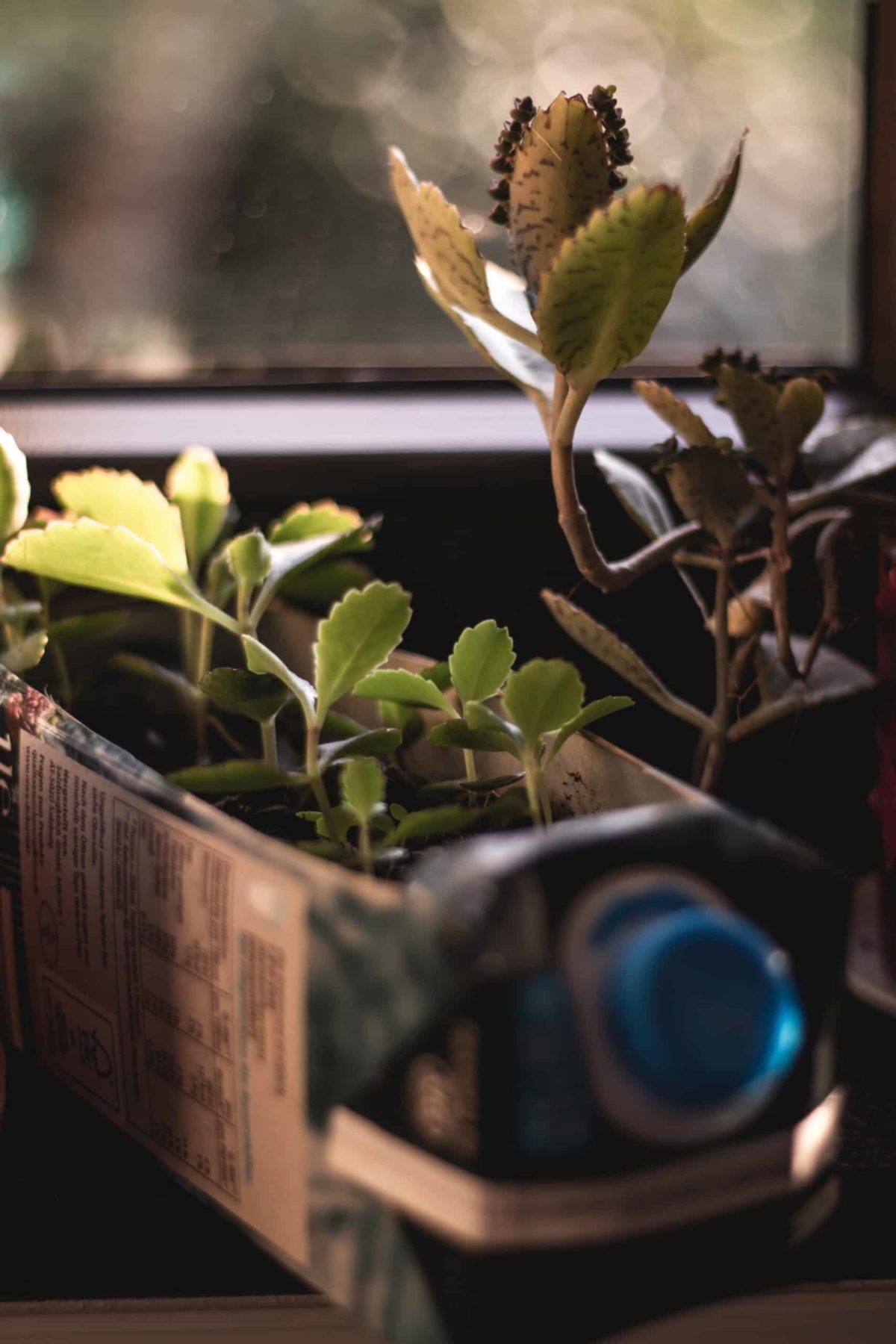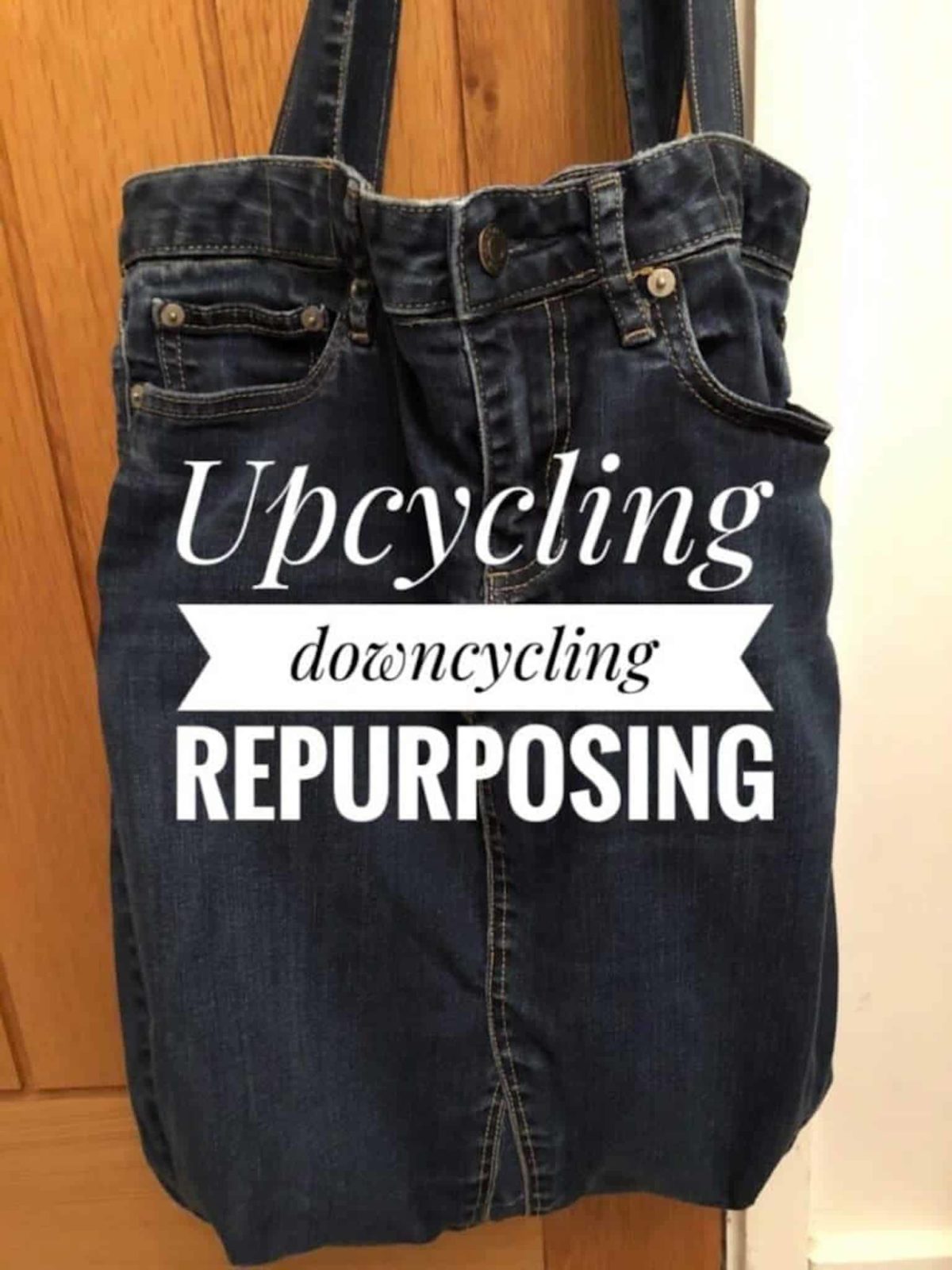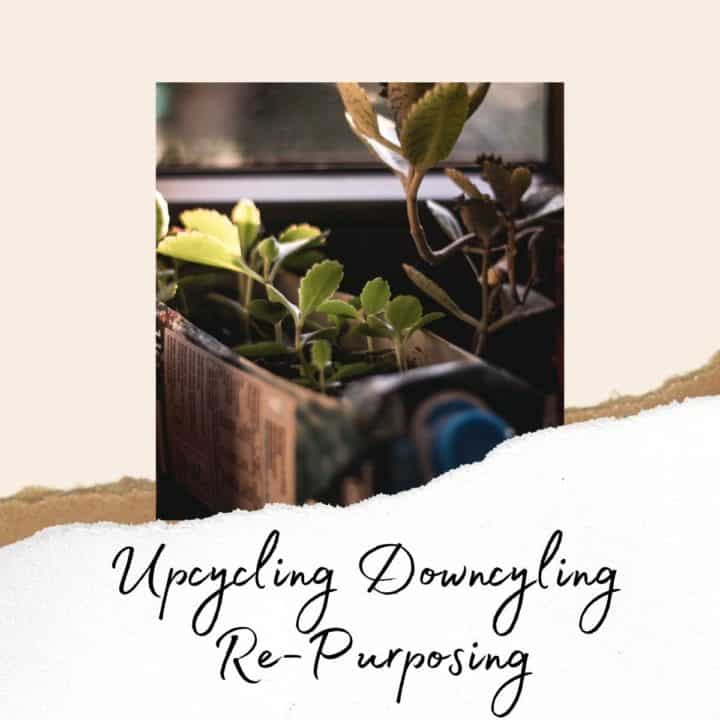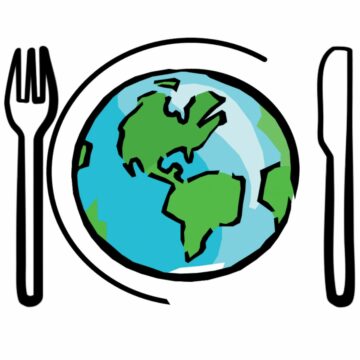Upcycling, downcycling, and repurposing our waste are key if we are to minimize our waste to landfills and preserve energy and resources. When we no longer have use of an item, often the temptation is to simply get rid of it. However, with a little thought, many things can be re-purposed. When we consider all the energy, resources, and raw materials that go into every product, it seems obvious that simply discarding it is wasteful. We need to learn to maximize the lifespan of everything we buy and use. In this way, we can all help save precious energy and resources and help build a greener future.

One of the easiest places to start is by upcycling clothes. The fashion industry is the world's 2nd largest polluter. Knowing how our clothes impact the environment can help motivate us towards upcycling and repurposing. Renovating our wardrobe instead of buying new will go a long way towards minimizing the impact the clothes we buy have on the environment.
Upcycling
In our efforts to reduce our waste and keep things out of landfill, one of our options is ‘upcycling’. Upcycling means transforming something that is no longer needed or wanted and turning it into something better or that has better environmental value. ‘Upcycling’ is the opposite of ‘downcycling’. Downcycling is what many of us know as ‘recycling’(!)
If you're a creative type, then upcycling will probably come very naturally to you. Upcycling doesn't have to be big furniture projects. Upcycling smaller items can be easy and worthwhile. Turning toilet paper rolls into firelighters, for example, is an easy upcycle. Just stuff them with paper and wrap a piece of newspaper Christmas cracker style around them.
I like the ideas at Happy DIY Home with 17 genius re-purposing ideas as they use everyday objects you most probably already have lying around.
Sewing workshops are increasingly in popularity. Knowing how to sew and especially mend your own clothes is a really useful skill to have. Many also offer workshops on upcycling. Upcycling jeans is popular and I love this bag that allaboutthesew made from an old pair.

What both big and small projects have in common though, is they prevent things from going to waste or landfill. Extending the lifespan of items through finding a second use for them, rather than buying new ones, is better for the environment. It also saves us money. In researching this blog, I’ve come across many great and beautiful ideas I feel hugely inspired to try out. www.upcyclethat.com has some great ideas.
Downcycling & recycling
Recycling often leads to what is called ‘downcycling’. Downcycling is when the components or parts from an item are broken down and made into something of lower quality.
Recycling is a great concept and we should all recycle as much as possible. We need to also be aware, however, that recycling is not the answer to our waste problem. It is not some kind of magical place that makes all our waste disappear. There are many restrictions. Firstly, in many cases not all the components of an item can be recycled. Secondly, items can only be recycled a certain number of times, after which, they are no longer of any use and need to be disposed of via landfill.
How many times can things be recycled?
Whilst glass and aluminum can be recycled an infinite number of times, paper and plastic cannot. When paper is recycled, the fibers that hold the paper together break down which means paper can only be recycled between 4 and 6 times.
Plastic, which makes up the vast majority of our recycling, often can only be recycled once into the same item. After that, it can sometimes be re-purposed into other products such as fabric and carpets. The problem with plastic is that it doesn’t decompose well. Ultimately, plastic ends up in landfill or our oceans and takes between 400 and 1000 years to break down.
Sky News recently produced an amazing documentary on plastic pollution entitled ‘A Plastic Tide’. There’s also great information on how you can get involved and start making a difference.
What can we do?
The bottom line is we all need to REDUCE the amount of waste we produce. Repairing items rather than replacing them. Upcycling our waste where possible and recycling everything we can is extremely important. However, none of our waste ever disappears, so ultimately, we all need to cut down on our waste to preserve our planet's resources and help build a greener more sustainable future.



















Catherine Horrigan
Some great ideas here. We can all do our bit regarding cutting down on what we buy, what we use and what we waste. We have no option, if we are to survive as a species.